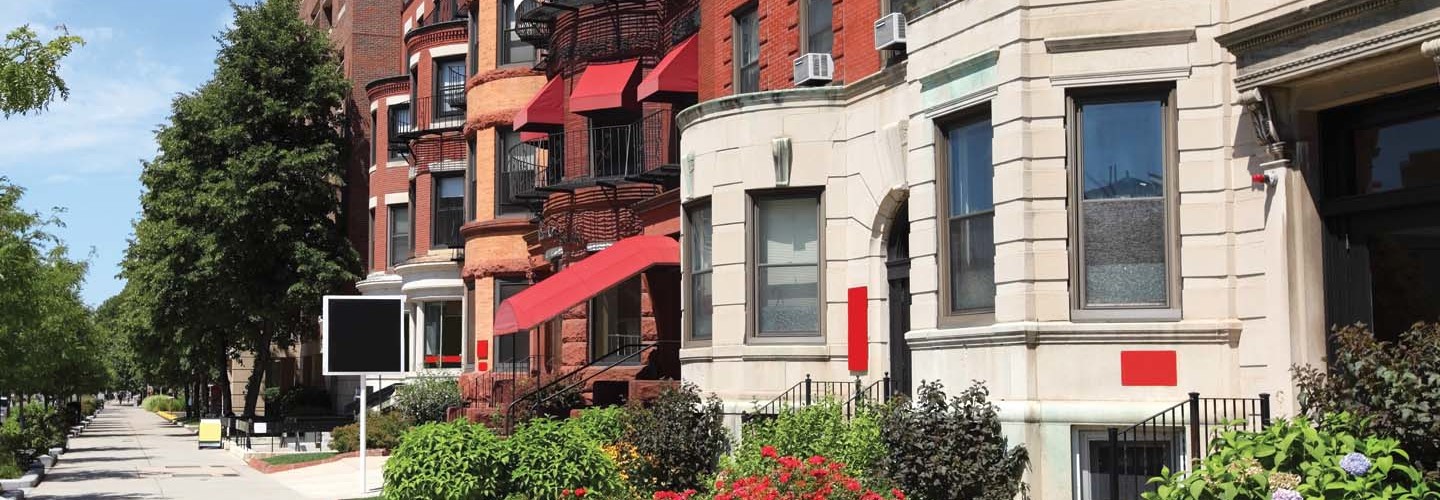Zoom Creates More Opportunities for Learning
Zoom, although not a perfect substitute for in-person classes, has become an incredible asset to academia, allowing students to get the most out of their educations without risking their health. When one of my professors tested positive for COVID-19, he held our regular lectures online, trading his laser pointer for a cursor and engaging his students live. Once recovered, my professor continued to record every one of his classes via Zoom, including those held in person, for sick or absent students. In part because tools such as Zoom made it easier for people to stay home when sick, positive cases for both COVID-19 and other common illnesses decreased rapidly at my university.
When a February blizzard coated our campus in two feet of snow, lectures continued as usual over Zoom. Though snow days are every child’s dream, college courses come with a much higher monetary and academic price tag than elementary school. As each class condenses as much information as possible, the loss of a single 90-minute lecture can put students and professors behind several days. Using Zoom provided the perfect balance between maintaining the integrity of an in-person education while still prioritizing the safety of students and faculty.
READ MORE: How the transition from remote learning to living on campus affected me.
Virtual Health Services Provide Expanded Access
Upon our return to campus, my university began offering virtual therapy and medical consultations to eliminate frequent visits to Student Health Services. Appointments could be reserved, cancelled or rescheduled any time via a student portal. Most meetings were held over video chat, which made it safer for other health services, such as physical therapy, to be conducted in person.
The digitalization of my college’s Student Health Services expanded the types of services offered, improved the quality of our health care and allowed more students to squeeze appointments into their busy schedules.
After a distressing personal experience, a close friend of mine was able to attend therapy sessions with a counselor over Zoom directly from her dorm room. The privacy and convenience of virtual sessions encouraged my friend to take full advantage of counseling despite carrying a full course load. Similarly, when my best friend injured his knee after years of basketball training, he was able to schedule weekly physical therapy appointments directly out of our school’s fitness center.
Transferring most students to online appointments allowed specialists to more safely provide in-person treatment. This shift helped ensure that more students received greater mental and physical care while minimizing the spread of COVID-19.
After several pandemic years, academia deserves a technological reboot. Rather than reverting to how things were, we must take advantage of the tools we’ve acquired. Using new technology to help rebuild academia will provide students with the best opportunities, ensuring us all a greater tomorrow.
NEXT UP: Digital mental health platforms can improve student well-being.










